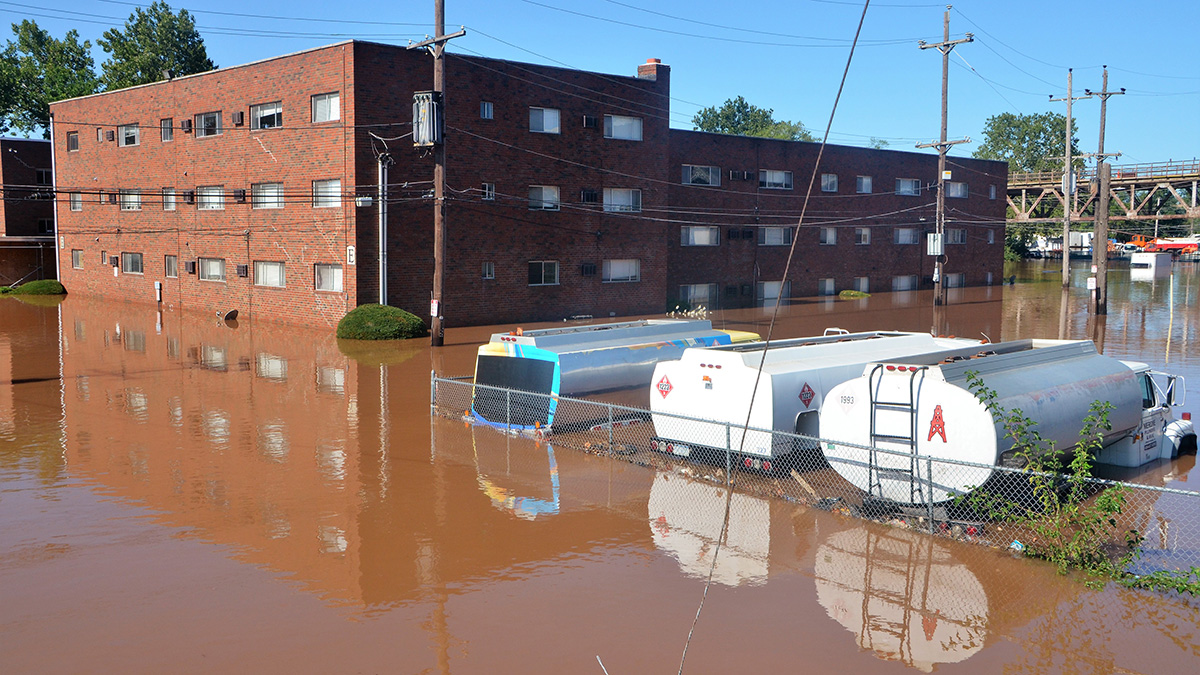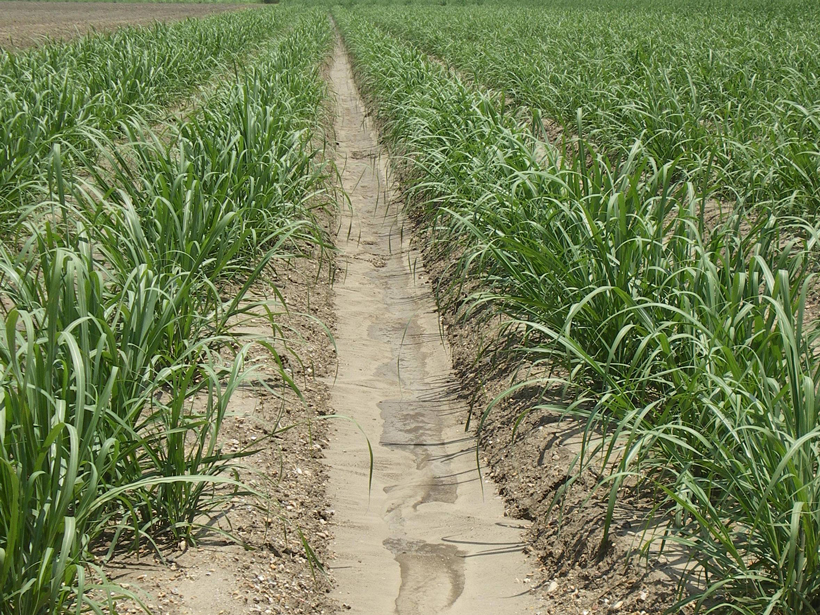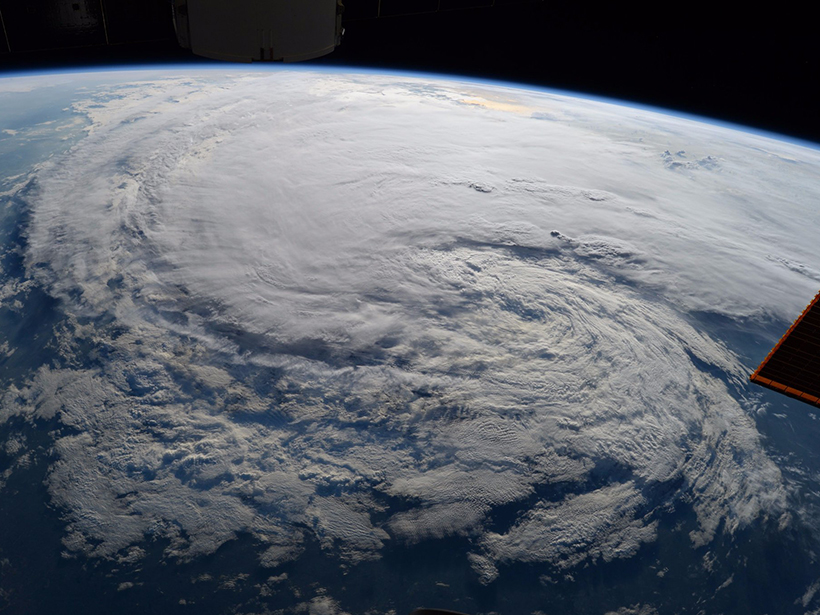A method called flash Joule heating could offer a more sustainable way to source essential components of electronics from coal fly ash.
Rachel Fritts
Rachel Fritts is a science writer specializing in ecology, sustainability, and Earth science. Her work has appeared in a number of publications, including Ars Technica, Science News, Science, Mongabay, and Hakai Magazine. She also writes scripts about evolution for the PBS Digital Studios channel Eons. Rachel is currently completing a master’s degree in science writing at the Massachusetts Institute of Technology.
ICON Principles Underused as a Natural Hazards Research Tool
Scientists identify barriers to and opportunities for applying integrated, connected, open, and networked research strategies to natural hazards studies.
Climate Change Could Reshape Pathogen Profile of Diarrheal Disease
An illness caused by rotavirus could recede as temperatures warm, whereas wetter conditions might favor some bacterial competitors.
Drop in Rain Forest Productivity Could Speed Future Climate Change
As temperatures rise, tropical forests will become more stressed and photosynthesize less.
Settlement of Rapa Nui May Have Been Doomed by a Dearth of Dust
Rapa Nui and Hawai‘i offer a tale of two island settlements: Hawai‘i was close enough to Asia for continental dust to help replenish soil nutrients depleted by agriculture. Rapa Nui wasn’t.
To Understand Hunger in Sub-Saharan Africa, Consider Both Climate and Conflict
Warfare exacerbates the impacts of drought to produce food insecurity crises that last long after the drought has passed, new research documents.
Podcast: What’s It Like Pretending to Live on Mars?
We spoke with science writer Kate Greene about her experiences on a 4-month-long Mars analog mission.
More Acidic Water Might Supercharge Lightning
New research suggests ocean acidification could make lighting more intense.
European Colonists Dramatically Increased North American Erosion Rates
Around 200 years ago, when conversion of land for agriculture became more widespread, the amount of sediment accumulating in riverbeds across the continent jumped tenfold.
To Make Better Hurricane Models, Consider Air Pollution
New research uses Hurricane Harvey as a case study to demonstrate the devastating power of aerosols to supercharge tropical storms.










